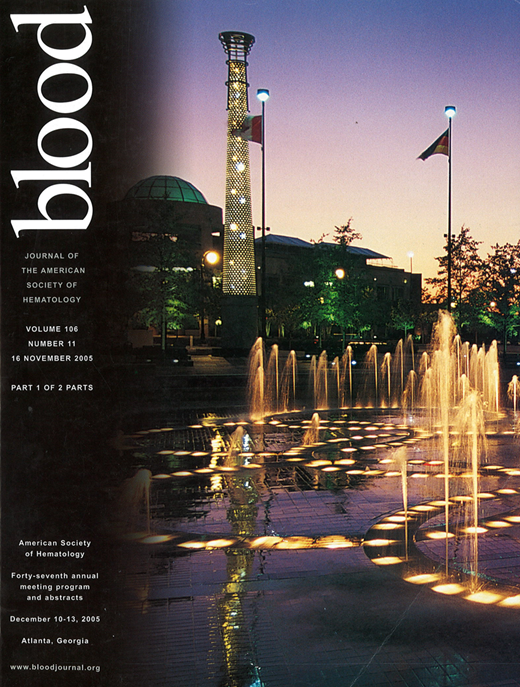Abstract
Objectives In previous study, we have successfully established a murine marrow-derived multipotent stem cell line (mMMSC) from male C57BL/6 mice with highly proliferation and multipotency, which could differentiate into cells of three germ layers in vitro, such as adipocytes, osteoblasts, endothelium cells, hepatocytes and neutral cells, but not hematopoietic cells. The mMMSC expressed high levels of CD29, CD44 and Sca-1, low levels of CD13, CD90, Flk-1 and MHC-I, while negative for CD117, CD45 and MHC-II. RT-PCR showed that two transcription factors important in maintaining undifferentiated embryonic stem cell (ES), Oct-4 and Rex-1, were expressed. The present study was aimed at developing a mMMSC transplantation animal model to evaluate its role in hematopoietic reconstitution. Methods mMMSC and bone marrow cells (BM) freshly harvested from male C57BL/6 mice were used as donor cells. Female C57BL/6 mice lethally irradiated for 8Gy (25cGy/min) with 60Co were used as recipients, which were randomly defined into 4 groups: Group A (Control, n=5) were injected with 0.2ml PBS/per mouse within 4–6 hours after irradiation (injection timepoint was similar thereafter); Group B (BM, n=5): 0.2ml of 6×106 donor BM cells/per mouse; Group C (mMMSC, n=10): 0.2ml of 2×106 mMMSC/per mouse; Group D(mMMSC+BM, n=5): 0.2ml of 2×106mMMSC+6×106 BM cells /per mouse. The fluctuations of WBC and PLT in peripheral blood (PB) were evaluated every week until day 42 after transplantation. At day 42 post-transplantation, all alive mice were sacrificed for histological examination, chromosome analysis with R-banding, FISH using murine chromosome Y painting probe and sex-determining region of Y chromosome(sry) gene analysis with PCR. Results After irradiation, all mice in control group died of bone marrow failure between day 14 and 17. WBC and Hb recovered to (4.03±0.61)×109/L and (127.33±24.00)g/L at day 21 and PLT recovered to (812.33±67.38)×109/L at day 28 post-transplantation in mMMSC group. WBC and PLT in mMMSC group were lower than that in BM and mMMSC+BM groups on days 14 and 21 (P<0.05), and recovered to the same level on day 28, without significant difference among the above 3 groups thereafter. The recovery of WBC and PLT count in mMMSC+BM group was faster than that of BM group (P<0.05). In groups B,C and D, sry gene was detectable in BM, PB and spleen. Y chromosome was found in 100±0%, 50±5% and 100±0% of BM nucleated cells by conventional chromosomal analysis, and Y-positive signals were detected by FISH in 90.67±1.46%, 45.03±1.11% and 94.82±0.90% of interphase nuclei and metaphases, respectively. Highly purified CD45+cells sorted with MACS from BM and PB of mMMSC group showed Y chromosome in 33.3±11.55% of CD45+ BM cells by karyotyping. FISH ascertained Y chromosome in 31.18±1.83% and 24.65±2.77% of CD45+ cells from BM and PB, respectively. Conclusions 1.mMMSC transplantation alone can successfully reconstitute hematopoiesis in lethally irradiated mice. mMMSC can differentiate into hematopoietic cells in vivo and thus might be used as a novel substitute for hematopoietic stem cells (HSC). 2. Co-transplantation of mMMSC and HSC can enhancing hematopoietic reconstitution, which could be one of the potential strategies to use mMMSC for transplantation purposes.
Author notes
Corresponding author

